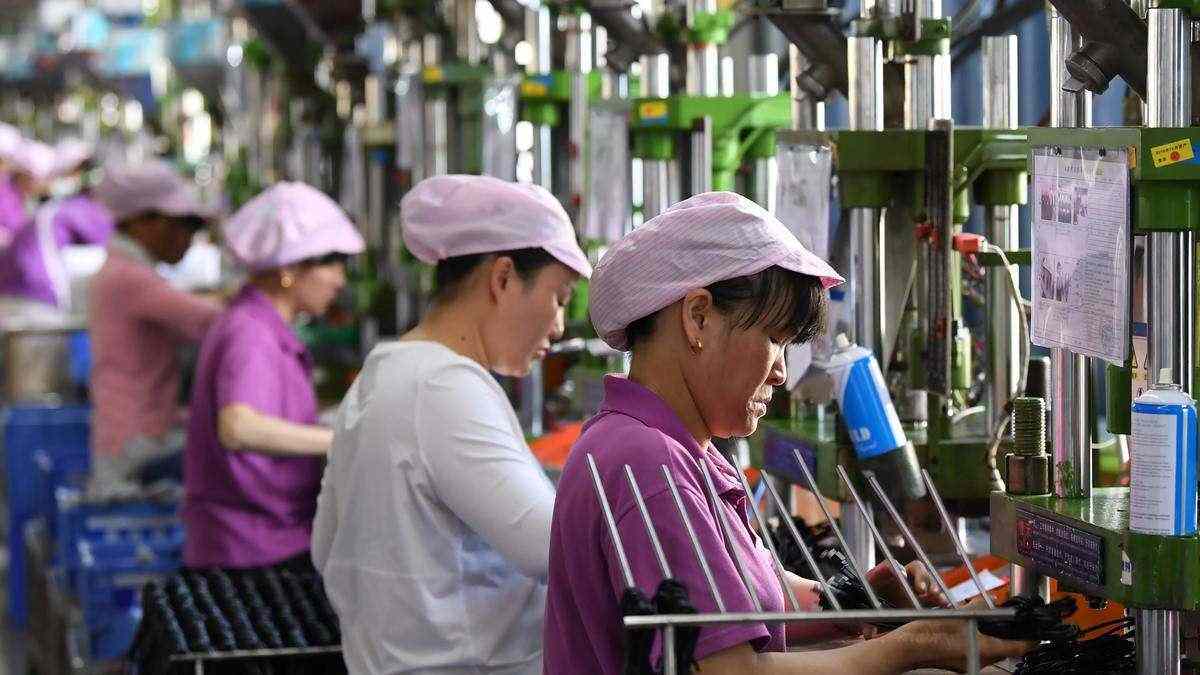China’s industrial output and retail sales for November exceed expectations

BEIJING- China’s industrial output and retail sales growth for November recorded a far better results than what was initially forecasted, indicating that the economy is stronger as Beijing seeks to support domestic demand despite the months-long trade truce with the United States.
Industrial production advanced 6.2% year-on-year in November as disclosed by records from National Bureau of Statistics on Monday. Such surpassed the initial prediction of 5.0% growth as it accelerated from 4.7% in October. It was also the most rapid pacing of a year-on-year growth in five months.
Factory indicators for November also released positive developments in manufacturing, suggesting that government support scheme are of great help for domestic demands despite reduction if exports and producer prices.
Japanese construction machinery provider Komatsu Ltd (6301.T) said its machinery usage hours in China soared for the first time in eight months in November, parallel to previously conducted manufacturing polls.
Recent developments and positive headlines about Sino-US trade deal raked in market optimism which led to the reduction of US tariffs for a larger opportunity of Chinese purchases of American agricultural products.
US Trade Representative Robert Lightizer disclosed on Sunday that the Sino-US trade pact is already finished. However, he did not release further details.
Despite optimism, analysts still forecasted a more pressing economic slowdown next year with the possibility of the government setting economic target at 6% due to persistent ambiguity of global trade and more domestic factors that may cap growth.
Fixed asset retained from the lack of improvement after increasing 5.2% from January to November, congruent to the 5.2% increase in the first 10 months, the poorest pacing in decades.
Private sector fixed-asset investment, responsible for 609% of the country’s overall investment recorded a 4.5% growth from January to November.
China is set to maintain and enforce its economic policies all while developing them for 2020 to reach its annual growth target.
Policymakers were to resort on multiple tools to maintain growth in 2020 rather than an absolute policy option, senior China economist, betty Wang said.
Wang added that the implementation of accommodative policy was likely to be executed in a less aggressive manner.
China’s economic growth retreated to 6.0% in third quarter, just neutral enough from a 30 year low but policymakers were more focused on growth enhancing schemes than it past setbacks.
Retail sales jumped to 8.0% year-on-year in November surpassing its 7.6% market expectations brought by November Singles Day shopping spree.

